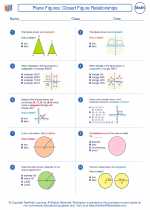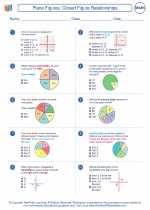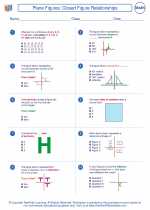Plane Figures: Closed Figure Relationships -> representation
Representation in Mathematics Study Guide
Numerical Representation:
Numerical representation involves using numbers to represent quantities. This can include whole numbers, fractions, decimals, and percentages. It's important to understand how to perform operations with these numerical representations, such as addition, subtraction, multiplication, and division.
Algebraic Representation:
Algebraic representation involves using variables and symbols to represent mathematical relationships. This can include equations, inequalities, and expressions. Understanding how to solve equations and manipulate algebraic expressions is crucial in this form of representation.
Geometric Representation:
Geometric representation involves using shapes, figures, and diagrams to represent mathematical concepts. This can include understanding properties of shapes, working with angles, and solving geometric problems using visual representations.
Graphical Representation:
Graphical representation involves using graphs and charts to represent data and mathematical relationships. This can include understanding different types of graphs such as bar graphs, line graphs, and pie charts, as well as interpreting and analyzing data presented graphically.
Key Points to Remember:
- Practice converting between different forms of representation.
- Make connections between different forms of representation.
- Use visual aids and diagrams to help understand and work with different representations.
- Pay attention to units and labels when working with numerical and graphical representations.
- Practice interpreting and analyzing data presented in different forms of representation.
◂Math Worksheets and Study Guides Seventh Grade. Plane Figures: Closed Figure Relationships

 Worksheet/Answer key
Worksheet/Answer key
 Worksheet/Answer key
Worksheet/Answer key
 Worksheet/Answer key
Worksheet/Answer key
